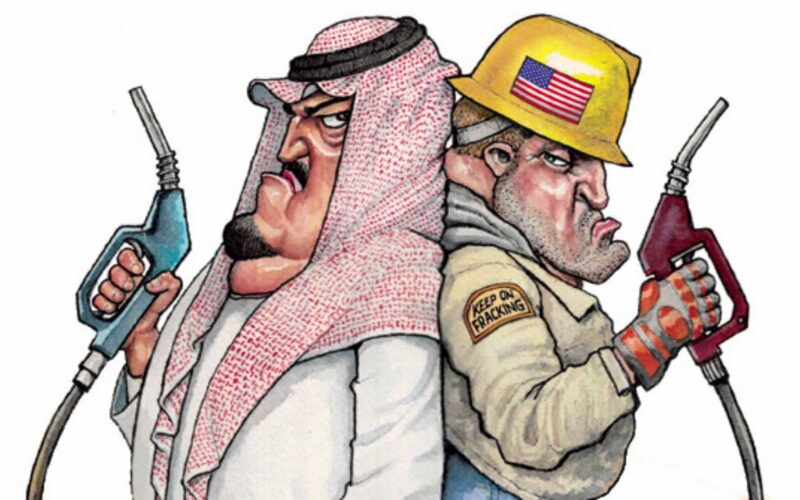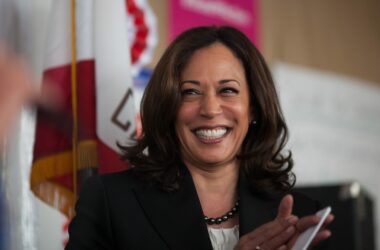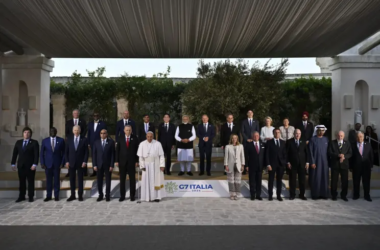As the summer driving season begins, the U.S. gasoline market is showing unexpected signs of weakness, raising concerns about oil demand ahead of the upcoming OPEC+ policy meeting. Recent government data revealed a 2% week-over-week drop in U.S. gasoline demand, bringing it down to 9.15 million barrels a day for the week ending May 24. This decline occurred despite refiners operating at their highest capacity in nine months.
The unexpected drop in demand led to a rise in gasoline inventories, causing futures prices for the fuel to hit a three-month low on Thursday. Additionally, the spread between gasoline futures and U.S. oil futures—a key indicator of refiners’ margins on gasoline—also fell to a three-month low. This decline in refining margins could prompt refineries to reduce their production, according to analysts from Citi.
“Weak refined product markets could drive the entire complex lower, including for crude,” Citi analysts stated.
Given that U.S. gasoline consumption accounts for approximately 10% of global oil demand, the recent increase in oil stocks due to sluggish fuel demand has bolstered the argument for OPEC+ to maintain its current supply cuts. This issue is likely to be a significant topic at the OPEC+ meeting this weekend, as delegates and analysts have indicated.
“OPEC+ is looking at all incoming data points, so they will take note of the latest developments,” said Giovanni Staunovo, an analyst at UBS.
Several factors are contributing to the weakness in U.S. gasoline demand. A record number of travelers opted to fly over the holiday weekend rather than driving long distances, Staunovo explained. Additionally, the growing use of more fuel-efficient vehicles and electric cars is reducing gasoline consumption.
“There were almost 3 million people at the airport last Saturday, a new record high. So despite many on the road, the miles driven might have been lower than a year ago, and eventually more-efficient cars weighed on demand,” Staunovo noted.
The market structure for U.S. gasoline futures briefly shifted to a ‘contango’ on Friday, where immediate delivery prices are lower than future deliveries, further indicating market softness.
As the OPEC+ group convenes, these developments in the U.S. gasoline market will likely play a critical role in shaping their policy decisions regarding oil supply.








